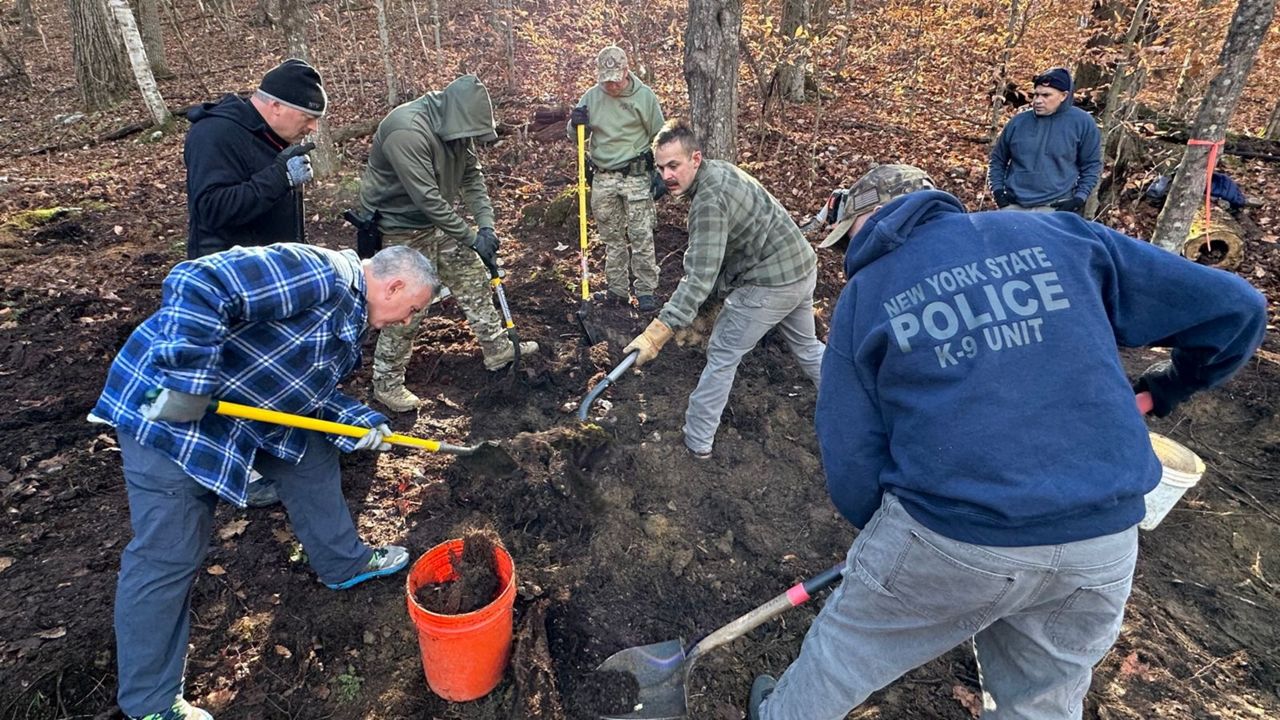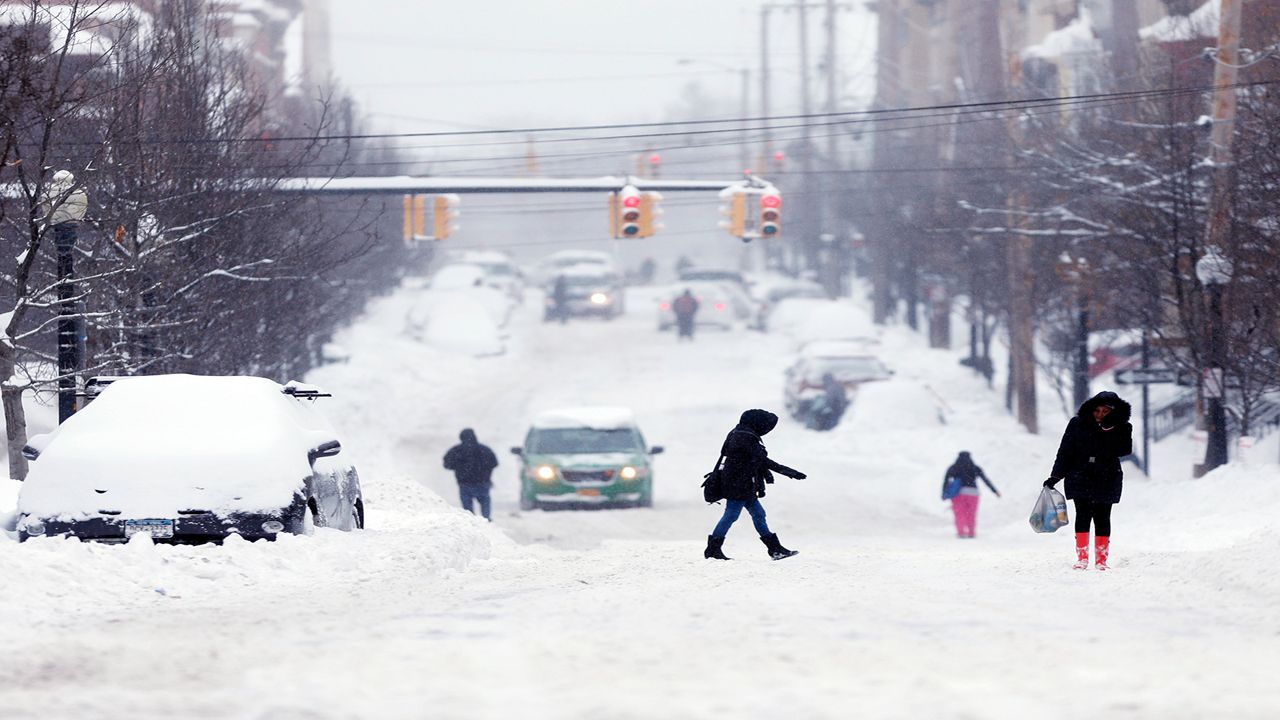ALBANY, N.Y. – Two years have passed since General Electric’s crews last dredged the Hudson River.
"I don’t think in any way we can deem the project successful at this point," New York State Department of Environmental Conservation Commissioner Basil Seggos said Tuesday.
That was the overall message of the letter Seggos sent to the administrator of the EPA last week about the health of the Hudson following the decade-long dredging project completed by GE in 2015.
"We believe based on this new and very compelling evidence that EPA cannot and legally is actually prohibited from issuing a certificate of completion," Seggos said.
In the letter, Seggos urged the EPA to not grant GE a certificate of completion on the company's Hudson River cleanup project. Since the spring, he says his agency has taken more than 1,200 samples which prove the river remains unhealthy.
"No matter what GE says, there is an enormous amount of PCBs still left in the river in many of the areas that were subject to dredging," he said.
After years of dumping PCBs into the river from the company's former plants in Hudson Falls and Fort Edward, GE was ordered by the EPA to dredge the cancer-causing chemicals from the Hudson in a near-$1.7 billion effort.
"What's puzzling about all of this is that New York State endorsed that project at the very beginning, was involved in every major decision about the project, supervised the dredging on an almost daily basis over the many years it took place and now says it's dissatisfied," said Mark Behan, a spokesperson hired by General Electric.
Behan says more than 70 percent of the PCBs were effectively removed from the Hudson, and believes the river is safer than ever.
"EPA's view expressed in its draft five-year report was that no additional dredging was necessary, no dredging was recommended," Behan said.
Expecting a decision by the end of the year, an EPA spokesperson says the agency will review DEC's findings.
"We don't have any idea what the EPA will decide here, but what we do know is the dredging project was a success," Behan said.
"There is unacceptably high levels of PCBs remaining in the river,” Seggos said. “Those PCBs came from General Electric. The polluter has to pay; the polluter has to step up and finish its job."








